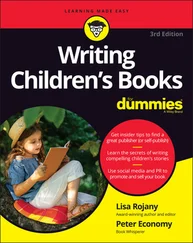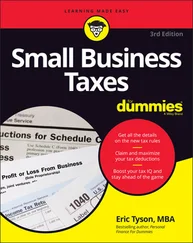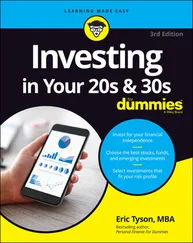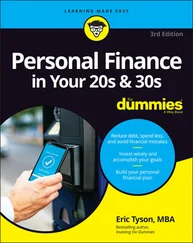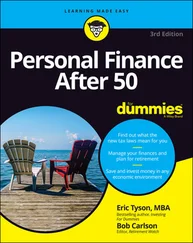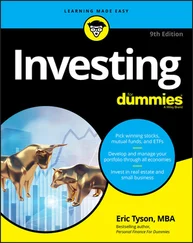Even kids can build with blocks
Your smartphone is a technological marvel, but will that always be the case? Next year, the latest smartphone model will be released, with a new camera, better screen, and faster chip. You want that new phone, but your current phone still works perfectly fine, and it seems a waste to discard it. If only you had another option between keep-the-old and buy-new-and-discard?
Imagine instead that your smartphone is smart enough to be modular. That way, you could pop out your old camera module and pop in the newest version. You could pop out the old screen and pop in the new one with a higher resolution. You could even pop out the processor chip and replace it with a newer, faster model.
This approach allows for each component of a product to be upgraded, and extends the useful life of that product by years or even decades.
Trying to recycle the unrecyclable
If you’re one of those green-minded folks who recycles everything in your house, that’s great! You’re doing your part to minimize your impact and to keep valuable resources from ending up in the landfill.
Unfortunately, most of the materials that humans recycle weren’t designed to be recycled. Even materials such as glass, aluminum, plastic, and paper still require complex machinery and large inputs of energy in order to make them recyclable.
This statement isn’t intended to discourage you from recycling, but rather to highlight the need to use materials that are easily recyclable in the first place. In addition, some people might assume that it’s okay to continue buying single-use plastic, because they know they will recycle it, but this strategy just perpetuates the linear economic cycle. Instead, we need to engineer innovative new materials that are designed to be recycled.
AirCarbon is a new, alternative plastic, made by capturing carbon dioxide from the atmosphere. This alternative is carbon-negative: It uses no fossil fuels and can be made into virtually any product that would normally use plastic. At the end of its life, the AirCarbon can be collected and remade into new products again and again. For more on AirCarbon, check out its manufacturer's website at www.newlight.com .
We’re using materials that are bad for us
Perhaps the most tragic part of this entire story is that most of the products we use every day contain known cancer-causing (carcinogenic) chemicals that are harmful to human health.
That cute new baby blanket you just bought? It contains brominated flame retardants that are known to be linked to a host of neurological and cognitive problems in children.
That handy, reusable plastic water bottle you take with you every time you go for a run? It probably contains a hardening agent known as BPA (Bisphenol A) that has been linked to an increased likelihood of Alzheimer's, childhood asthma, metabolic disease, diabetes, and cardiovascular disease.
 Though our foods are highly regulated for health risks, consumer products are not. In the 50-year history of the Toxic Substances Control Act (TSCA) in the United States, only 9 chemicals have been banned (of the 80,000 chemicals commonly used). Most of the common cleaning products you use every day in your home contain some risk to human health.
Though our foods are highly regulated for health risks, consumer products are not. In the 50-year history of the Toxic Substances Control Act (TSCA) in the United States, only 9 chemicals have been banned (of the 80,000 chemicals commonly used). Most of the common cleaning products you use every day in your home contain some risk to human health.
We’re Wasting the Wrong Stuff
Although the linear economic model of take-make-waste depends on resources that are scarce in order to produce products that are poorly designed, it also creates a pile of potentially valuable resources that instead go to waste.
It all comes at a big cost
Americans generate an average of 4.6 pounds of trash daily per person. Modern landfills have evolved into elaborate material-recovery facilities, where they sort through the waste stream and pull out valuable resources that were thrown away by mistake. Despite these advancements, the environmental and economic impact of landfills is immense.
 Municipal landfills are the third-largest source of human-caused methane emissions in the United States, accounting for approximately 16 percent of total emissions and 91 percent of all methane emissions. (Methane is an even worse greenhouse gas than carbon dioxide, with 84 times the potency.)
Municipal landfills are the third-largest source of human-caused methane emissions in the United States, accounting for approximately 16 percent of total emissions and 91 percent of all methane emissions. (Methane is an even worse greenhouse gas than carbon dioxide, with 84 times the potency.)
We’re running out of room
According to a report by the Solid Waste Environmental Excellence Protocol (SWEEP), most of the more than 2,000 active landfills in the United States are nearing their capacity. The earth is expected to run out of landfill space by 2040. This looming environmental disaster will require people to start looking to landfills as a source of new materials.
Flip to Chapter 9to read about some amazing ways people have been converting trash to treasure.
It’s expensive to throw things away
Waste is a luxury we can’t afford. It’s expensive to simply throw things away and replace them with new items all the time. Whether it’s a simple plastic water bottle or a complex new laptop, all waste comes with a hidden cost.
 In the US healthcare system, medical waste annually costs between $760 billion and $935 billion. Cutting this waste could save a total of $191 billion to $286 billion every year.
In the US healthcare system, medical waste annually costs between $760 billion and $935 billion. Cutting this waste could save a total of $191 billion to $286 billion every year.
In the US construction industry, demolition and construction waste accounts for nearly 65 million tons a year, making up almost a quarter of all landfills. Contractors must pay to dump all that waste, but could instead make money by recycling it into new building materials.
In the US restaurant industry, about a third of the food is wasted. The US Department of Agriculture estimates the total annual cost of the wasted food at $1,866 per household. Those food scraps could feed the hungry, of course, but could also be made into a form of energy called biogas — a mixture of gases released when food decomposes.
The debt collector is knocking at the door
The total costs of producing this never-ending stream of waste are finally becoming clear. The climate crisis is causing stronger hurricanes, more intense heat waves, and faster wildfires, costing the federal government around $250 billion every year.
 From 2015 to 2020, the US has experienced more than $500 billion in losses directly from climate-fueled weather disasters. According to the National Resources Defense Council (NRDC —
From 2015 to 2020, the US has experienced more than $500 billion in losses directly from climate-fueled weather disasters. According to the National Resources Defense Council (NRDC — www.nrdc.org/ ), by 2100 the four big climate impacts — hurricanes, real estate losses, energy costs, and flooding — will cost 1.8 percent of US GDP, or almost $1.9 trillion annually.
Change Is Really Hard, We Know
Despite all these logical arguments around the need to rethink the linear economy, transforming your industry is still a scary proposition. Change is hard even when you know you have to change. So how do you begin to have a conversation about radically rethinking and changing the design of everything?
The answer is simple: Confirm that the results these changes will bring will be so attractive that you’ll want to do it immediately.
Читать дальше
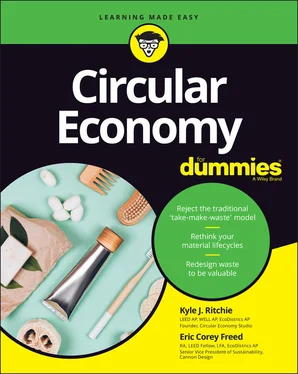
 Though our foods are highly regulated for health risks, consumer products are not. In the 50-year history of the Toxic Substances Control Act (TSCA) in the United States, only 9 chemicals have been banned (of the 80,000 chemicals commonly used). Most of the common cleaning products you use every day in your home contain some risk to human health.
Though our foods are highly regulated for health risks, consumer products are not. In the 50-year history of the Toxic Substances Control Act (TSCA) in the United States, only 9 chemicals have been banned (of the 80,000 chemicals commonly used). Most of the common cleaning products you use every day in your home contain some risk to human health.
